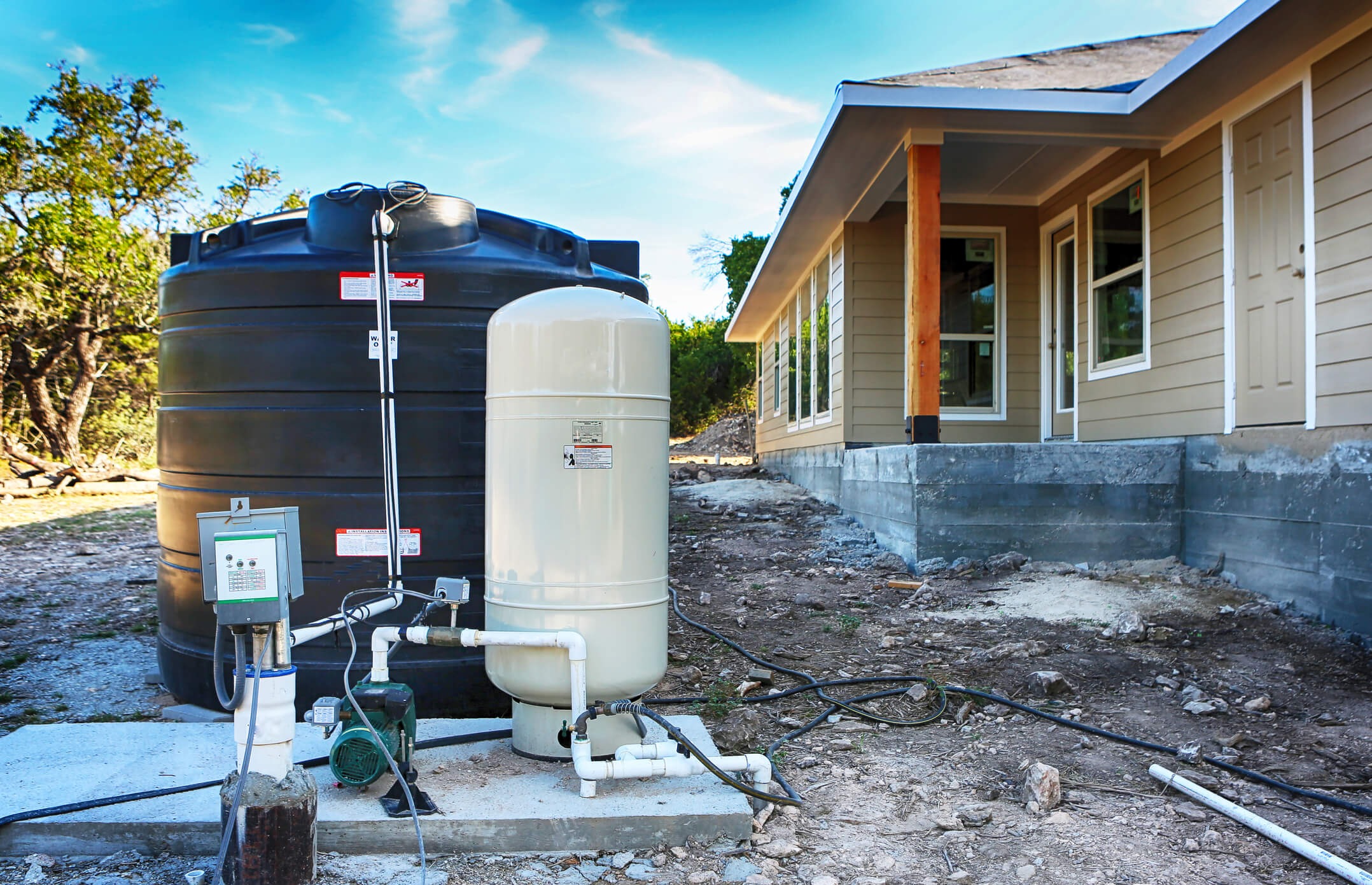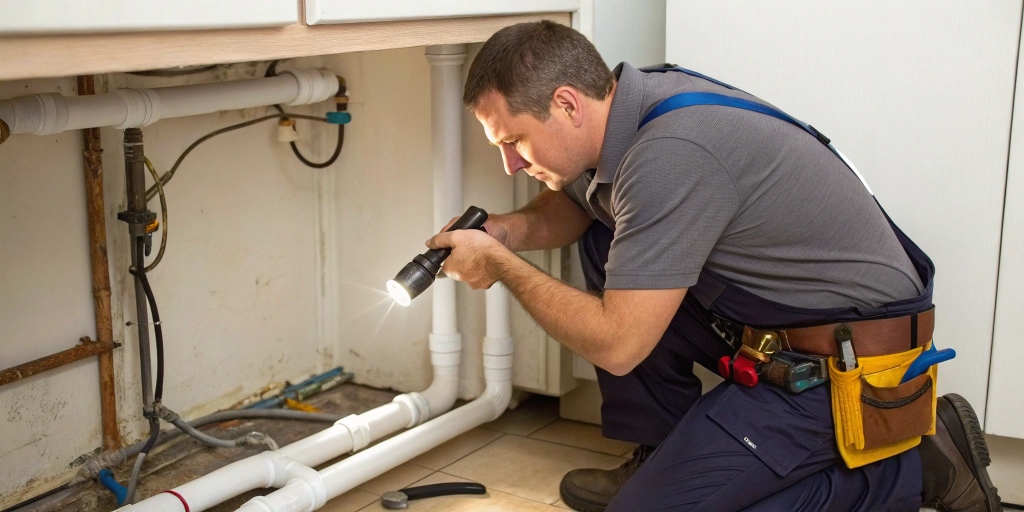In the world of modern plumbing, PEX pipe has emerged as a game-changer. If you’re unfamiliar with it, you might wonder, what exactly is PEX pipe? Well, PEX (cross-linked polyethylene) pipes have gained popularity over the years due to their versatility, ease of installation, and long-lasting durability. But what exactly sets PEX apart from traditional plumbing materials like copper or PVC?
In this article, we’ll explore everything there is to know about PEX pipes, from their construction to their benefits, installation, and more. If you’re looking to upgrade your home’s plumbing, you’ll also want to explore Bestusatools to find top-quality plumbing tools for the job. Whether you’re a DIY enthusiast or a professional plumber, understanding PEX pipes and how they work is essential for making informed decisions about your plumbing system.
What Is PEX Pipe?
At its core, PEX pipe is a type of flexible plastic pipe used for water distribution in homes and buildings. It’s made from high-density polyethylene, a polymer that’s chemically altered to increase its strength and flexibility. This cross-linking process creates a durable material that’s resistant to corrosion and scaling, which are common issues with traditional metal pipes. PEX pipes are typically red, blue, or white, with each color corresponding to hot or cold water lines.
The main reasons PEX has become the preferred choice for plumbing systems include its ability to resist freezing, its long lifespan, and its ease of installation. Unlike metal pipes, which can corrode or suffer from mineral buildup over time, PEX remains smooth and resistant to these issues, making it an excellent option for areas with hard water or extreme weather conditions.
Why Choose PEX Pipe Over Other Materials?
PEX pipes have emerged as a popular choice for plumbing, especially when compared to traditional materials like copper, PVC, and galvanized steel. Let’s dive into the reasons why PEX is considered a superior option.
Cost-Effective
One of the primary advantages of PEX is its affordability. Compared to copper or galvanized steel pipes, PEX is significantly less expensive. The material itself is cheaper, and installation costs are lower due to the flexibility of the pipe, which reduces the need for complex fittings and joints.
Flexibility and Ease of Installation
PEX pipes are incredibly flexible, which makes them easier and faster to install than rigid pipes. For instance, PEX can be snaked through walls and ceilings with fewer connections, reducing the chance of leaks and installation time. This flexibility also makes PEX ideal for retrofitting older homes, as it can be easily routed through tight spaces.
Durability and Longevity
PEX is known for its durability. It’s resistant to corrosion, scale buildup, and damage from freezing temperatures. This makes it a reliable long-term investment for your plumbing system, as it can last up to 50 years or more under normal conditions. The material’s resistance to UV rays is also a notable benefit, as it doesn’t degrade when exposed to sunlight.
Resistant to Freezing
One of the biggest concerns for homeowners, especially in colder climates, is the risk of pipes freezing during the winter. Traditional metal pipes, like copper, are prone to freezing and bursting in low temperatures, causing significant damage to your plumbing system. PEX, however, has the ability to expand and contract without cracking, making it far more resistant to freezing.
PEX Pipe Installation Process
PEX installation is relatively straightforward and doesn’t require extensive knowledge of plumbing systems. Here’s a brief overview of how PEX pipes are installed:
- Planning the Layout: The first step is to plan the layout of your pipes. You need to decide where the pipes will run and ensure that there are no obstacles in the way.
- Cutting and Fitting the PEX Pipe: Using a PEX pipe cutter, the pipes are cut to the desired lengths. PEX fittings (such as elbows, tees, and couplings) are then attached using either crimp rings or push-fit connectors.
- Connection to Fixtures: Once the pipes are in place, they are connected to the plumbing fixtures and water supply lines. Depending on the type of fitting system used, this step might involve crimping or pushing the fittings into place.
- Pressure Testing: Before turning on the water, the system is pressure-tested to ensure there are no leaks. This is a simple but critical step to ensure that the installation is successful.
Although PEX installation is much easier than copper or steel piping, it still requires careful attention to detail to avoid leaks or system failure. If you’re unsure about the installation process, consider hiring a professional plumber.
The Different Types of PEX Pipe
PEX pipes are available in several different types, each with its own specific uses. Understanding these types is crucial to choosing the right PEX pipe for your project.
- PEX-A: The most flexible and durable type of PEX, PEX-A is manufactured using the Engel method of cross-linking. It’s highly resistant to kinks and has superior freeze resistance.
- PEX-B: PEX-B is manufactured using the Silane method, which results in a slightly less flexible pipe than PEX-A. However, it’s still highly durable and resistant to cracking.
- PEX-C: PEX-C is produced using the Electron Beam method and is the least flexible of the three types. It’s ideal for situations where stiffness is necessary, such as for straight runs in larger plumbing systems.
Each type of PEX offers distinct advantages, and the right choice will depend on your specific needs.
Common Applications for PEX Pipe
PEX pipe is incredibly versatile and can be used in a variety of plumbing applications. Here are some of the most common ways PEX is utilized:
- Water Distribution: PEX is most commonly used in residential and commercial water supply systems. It’s perfect for delivering hot and cold water to faucets, showers, and appliances.
- Radiant Heating: PEX is often used in radiant floor heating systems, as it can be easily installed in concrete floors or underfloor insulation. It helps distribute heat evenly throughout the room.
- Outdoor Plumbing: PEX is also used for outdoor plumbing systems, especially in irrigation and gardening applications, because of its resistance to freezing.
What Is a Pipe Flange and How Does It Relate to PEX?
While not directly related to PEX pipe, understanding pipe flanges can be useful when it comes to plumbing installations. What is a pipe flange? A pipe flange is a mechanical component that allows two pipes to be joined together, typically used in systems that require high-pressure connections. When dealing with larger plumbing systems, or in certain PEX applications that involve pressure vessels or pumps, pipe flanges might come into play.
Pipe flanges provide secure, leak-proof connections, and when combined with PEX, they can help ensure your plumbing system is both durable and efficient.
Pros and Cons of Using PEX Pipe
Like any material, PEX pipe has its pros and cons. Let’s look at both sides to give you a balanced view.
Pros of PEX Pipe:
- Flexibility: Easy to bend and install.
- Low Cost: Affordable material and installation costs.
- Durability: Resistant to corrosion, freezing, and scaling.
- Long Lifespan: Can last 50 years or more.
- Versatility: Can be used for a wide range of plumbing applications.
Cons of PEX Pipe:
- UV Sensitivity: PEX can degrade when exposed to UV light for extended periods, so it shouldn’t be used in outdoor applications without protection.
- No Metal Fittings: Some local plumbing codes restrict the use of metal fittings with PEX pipes.
- Possible Chemical Leaching: There are some concerns about the potential for leaching chemicals from PEX pipes, but these concerns are mostly mitigated with modern manufacturing techniques.
Conclusion
PEX pipe offers a range of benefits for both professional plumbers and DIY enthusiasts. Its flexibility, durability, and ease of installation make it a standout choice for modern plumbing systems. While there are some drawbacks to consider, such as its sensitivity to UV light and the need for specific fittings, the advantages far outweigh the disadvantages for most plumbing applications. If you’re planning to upgrade your home’s plumbing, or if you’re looking for a reliable and cost-effective solution for new construction, PEX pipe is definitely worth considering.






